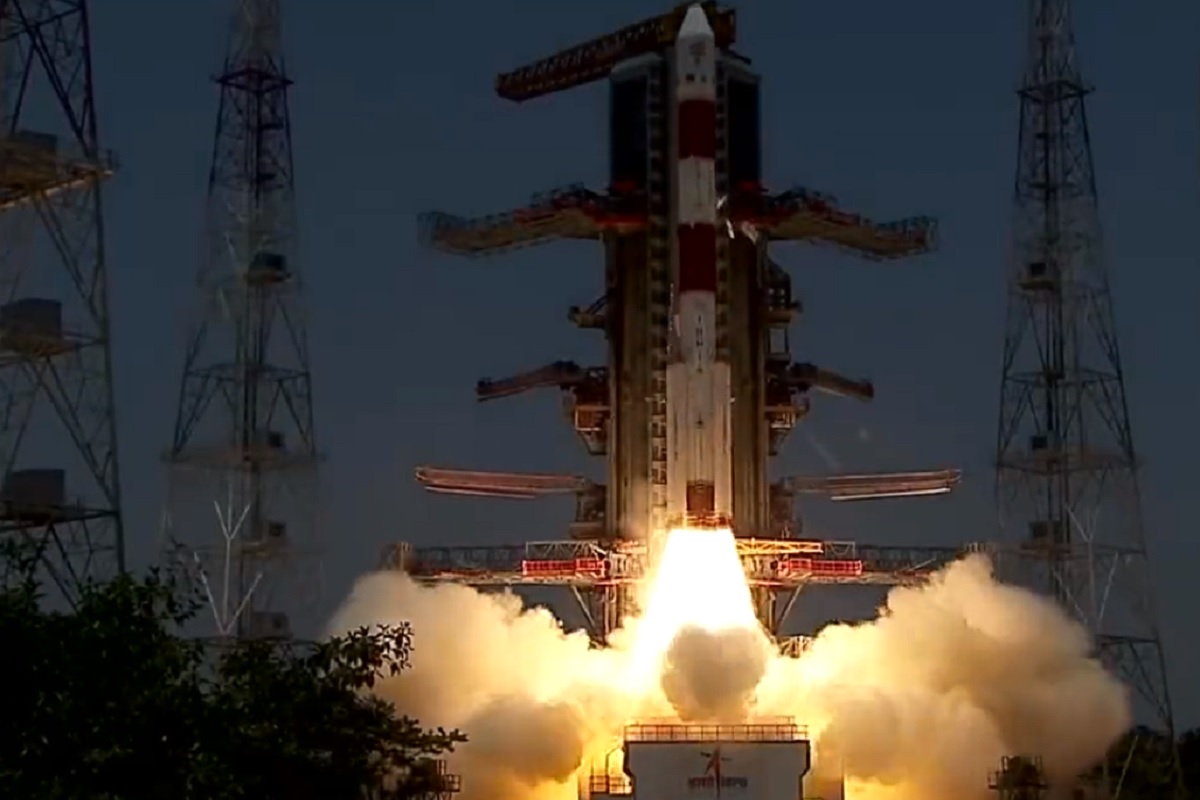India has achieved a historic milestone with the successful launch of Aditya-L1, its maiden mission to investigate the enigmatic realm of the Sun. In a remarkable feat of engineering and scientific ambition, this mission is poised to unlock the secrets of our nearest star, and at the heart of its objectives lies the intriguing study of solar quakes.
The pursuit of solar quakes, also recognized as solar oscillations or helioseismology, bears profound significance for multifaceted reasons:
Advertisement
1. Understanding the Sun’s Interior:
Solar quakes provide crucial information about the internal structure and dynamics of the Sun. By analyzing the seismic waves generated by these quakes, scientists can infer details about the Sun’s core, radiative zone, and convective zone. This helps us better understand the physical processes happening within our nearest star.
2. Testing Solar Models:
Solar quakes allow scientists to test and refine models of solar structure and evolution. These models help explain how the Sun’s energy is generated, transported, and radiated into space. Comparing model predictions to observational data from the quakes helps improve our understanding of the Sun’s behavior.
3. Predicting Solar Activity:
Solar quakes can reveal information about the Sun’s magnetic field, which is responsible for various solar phenomena, including sunspots, solar flares, and coronal mass ejections. Understanding the Sun’s magnetic activity is crucial for space weather forecasting, as solar storms can impact Earth’s communication systems, power grids, and satellites.
4. Studying Stellar Evolution:
The Sun is a typical star, and studying its internal processes through solar quakes provides insights into the behavior of other stars. By applying helioseismology techniques to distant stars, astronomers can learn about their interiors and evolutionary stages, expanding our understanding of stellar astrophysics.
5. Probing Fundamental Physics:
Solar quakes can also be used to test fundamental physics theories. For example, researchers can study the properties of neutrinos. They are subatomic particles in the Sun’s core. Such experiments contribute to our knowledge of particle physics.
6. Long-Term Climate Effects:
Understanding the Sun’s behavior over extended periods can provide insights into long-term climate patterns on Earth. Changes in solar activity, including variations in the Sun’s output, can have subtle but potentially significant effects on Earth’s climate.









